High Performance
Safty
Suitable For Many Brands
Support Customization
Motorcycle Brake & Clutch Levers Supplier
MPM specializes in customizing brake levers and clutch levers for various motorcycles, ensuring that the products not only meet individual needs, but also perform outstandingly in terms of stability and durability. Our customization service pays attention to detail and uses high-quality materials to ensure that every customization provides the rider with excellent control and safety. Choosing MPM means choosing quality and trust.
-
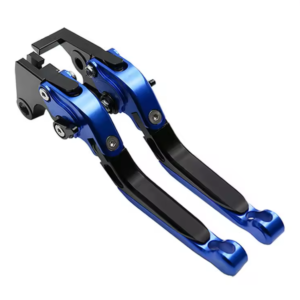
Motorcycle Clutch Levers For Suzuki GSX1400
-
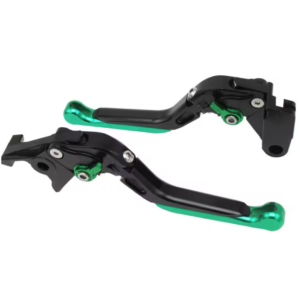
Motorcycle Clutch Levers For Kawasaki ZZR250
-

Motorcycle Clutch Levers For Honda SL 230
-
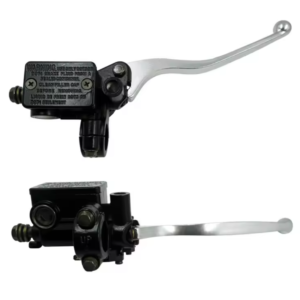
Motorcycle Clutch Levers For Honda CM125
-
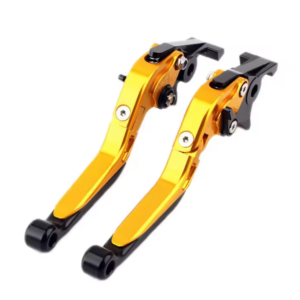
Motorcycle Clutch Levers For Honda NX125
-

Motorcycle Clutch Levers ForHonda CB 190X Tourism
-
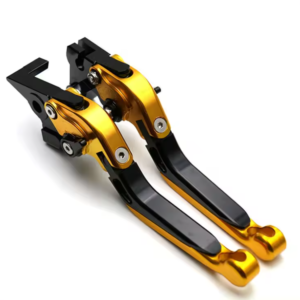
Motorcycle Clutch Levers For Kawasaki GPZ900R
-
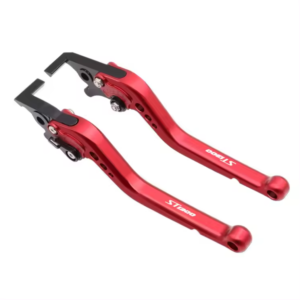
Motorcycle Clutch Levers For Honda ST1300 Pan European
-

Motorcycle Clutch Levers For Yamaha FZS1000 Fazer
-
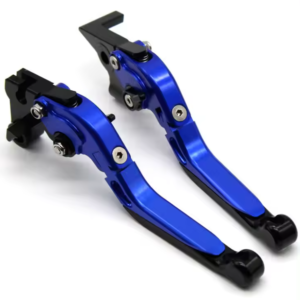
Motorcycle Clutch Levers For Kawasaki Z125 Pro
-
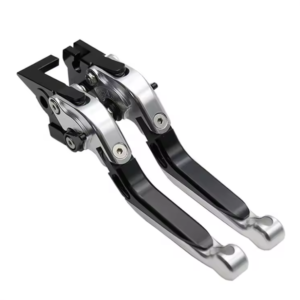
Brake Clutch Levers For Yamaha YZF1000R Thunderace
-
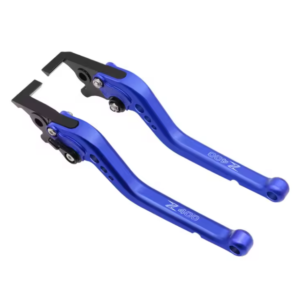
Motorcycle Brake Clutch Levers For Kawasaki Z400
-
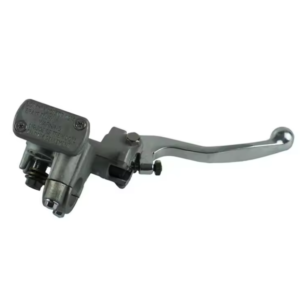
Motorcycle Hydraulic Brake Pump Lever For Honda XR250R
-
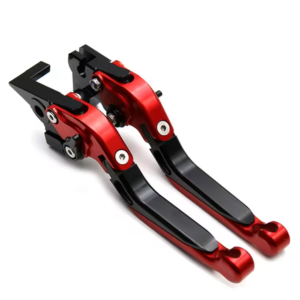
Motorcycle Brake Clutch Levers For Kawasaki W800
-
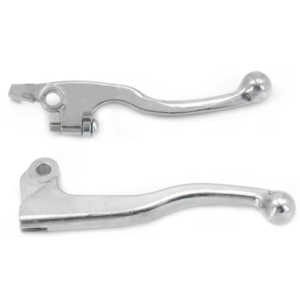
Motorcycle Brake Clutch Levers For Honda XLR200
-

Motorcycle Brake Clutch Levers For Honda CBF600
Reasons To Choose MPM Clutch Levers
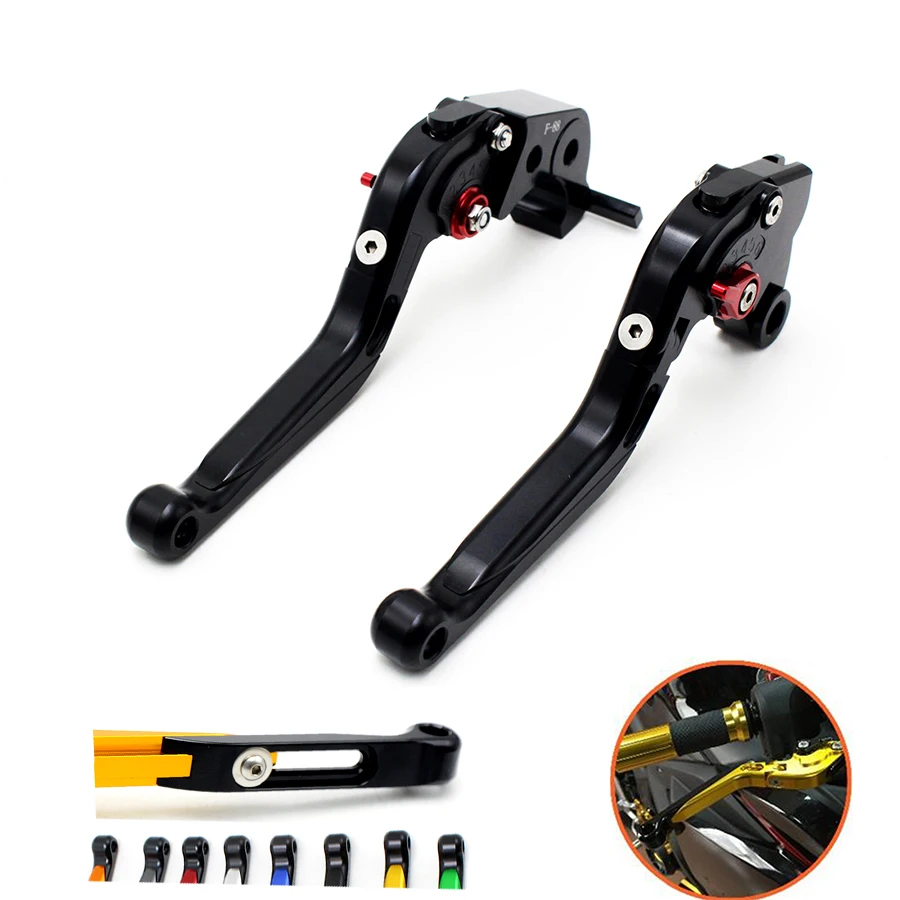
1. Highly adjustable
You can easily adjust it to the best position according to your personal preferences to ensure comfort and control during riding.
2. High Comfort
If you are used to using a few fingers to brake the clutch, our short clutch lever will provide a more comfortable operating experience and reduce hand fatigue.
3. Stylish appearance
MPM after-sales clutch lever is more eye-catching in appearance design. It also provides different color options and incorporates interesting detailed designs to give your motorcycle a unique charm.
4. Durable and non-stuck
Made of high-quality durable materials, it has excellent durability and stability. Even under harsh usage conditions, it can maintain a smooth operating experience without lagging, ensuring a safe and worry-free ride.
5. Compatibility
We have in-depth knowledge of different motorcycle models, producing levers that fit perfectly and perform optimally on your motorcycle.
6. Customization
We can offer a range of customization options to meet your specific needs. For example: color, material or design, etc.
7. Strong production capacity
1000000 Pairs/Month.
8. Customer Service and Support
MPM has a solid reputation in the motorcycle parts and accessories industry for providing excellent customer service and support.

How to Choose the Best Motorcycle Clutch Levers?
Choosing the best clutch lever for your motorcycle is an important decision as they play a vital role in controlling the clutch as well as the power delivery from the engine. Here are some key factors to consider when choosing a motorcycle clutch lever.
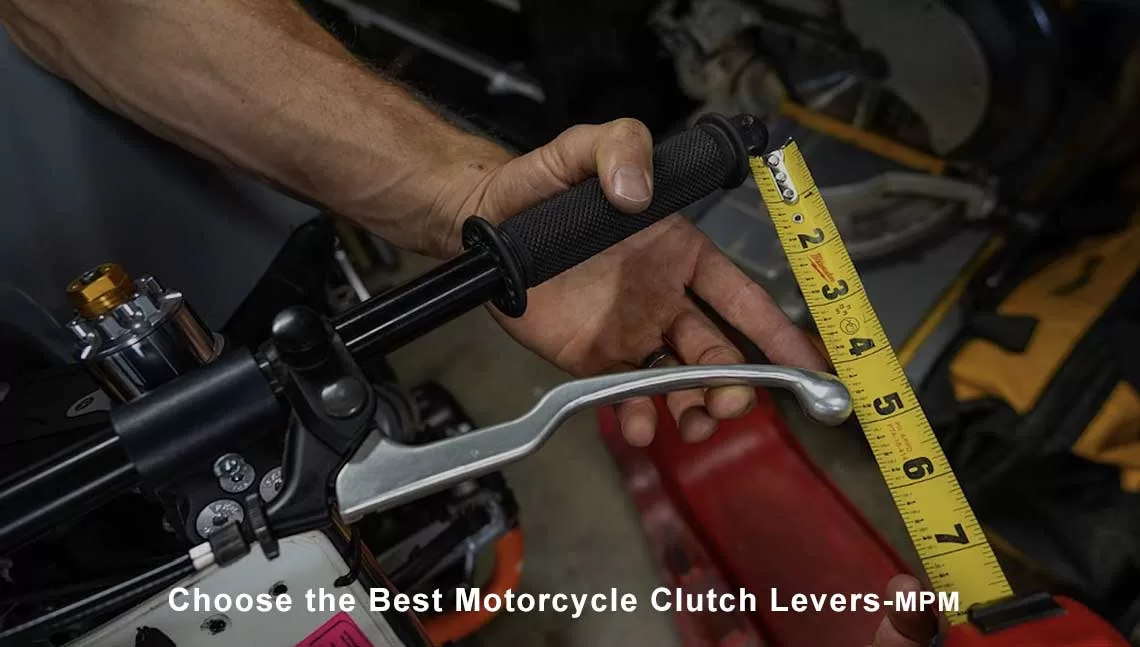
1. Compatibility
Make sure the levers you are considering are compatible with your specific motorcycle model.
2. Materials and Durability
Lever made from high-quality materials like aluminum alloy or stainless steel, which are strong, lightweight and corrosion-resistant.
3. Adjustability
The adjustable clutch lever allows you to customize the position and angle of the lever to fit your riding style and hand size.
4. Feel and Engagement
The feel of the lever when engaging and disengaging the clutch is critical. A smooth movement is required, not too stiff or too loose.
5. Safety Features
Consider levers that provide safety features such as a folding mechanism. In the event of a fall, the folding bar can be folded to reduce the risk of injury.
6. Cost and Value
Compare the prices of different levers and evaluate their value based on quality, durability, and functionality.
7. Brand and Reputation
Consider purchasing levers from a trusted brand with a good reputation in the motorcycle industry.
The Process Flow & Duration Estimation
While strictly controlling the quality of our customized motorcycle clutch levers, we also conduct meticulous management of the production cycle to ensure that customers can obtain the highest quality clutch levers in the shortest possible time to meet their urgent needs. We are well aware of the importance of time to our customers, so we attach equal importance to efficiency and quality, and strive to provide customers with excellent products and services.
Step 1: Design (2 days)
During these two days we will focus on design work. We will design products that meet your requirements based on your needs and preferences, combined with our professional creativity. At the same time, we will ensure the quality and aesthetics of the design so that your motorcycle clutch lever looks unique and stylish.
Step 2: Sampling (3-5 days)
After the design is completed, we will start working on the prototype. We will produce actual samples based on the design draft to more intuitively demonstrate the effect of the product. By prototyping, we can check how well the design is implemented and whether the details of the clutch lever meet the requirements.
Step 3: Sample quality confirmation (3-15 days)
After proofing is completed, we will send the sample to you as soon as possible for you to confirm the quality. Shipping time depends on the shipping method and destination you choose. After receiving the sample, if you are not satisfied with it in any way, you can tell us in time and we will make adjustments and improvements based on your feedback. in order to enter the next production stage.
Step 4: Mass production (14-21 days)
After the sample quality is confirmed by you, we will enter the mass production stage. We will produce according to your confirmed sample standards and quantity requirements. We will strictly control every link to ensure that every clutch lever meets quality standards, and the pattern and color are consistent with the samples. At the same time, we will also pay attention to the production progress to ensure on-time delivery, so that you can receive your favorite products as soon as possible.
Step 5: Shipping (3-15 days)
After the clutch lever production is completed, we will arrange shipment as soon as possible. Shipping time depends on the shipping method and destination you choose. We will provide you with a variety of transportation methods for you to choose from, including express delivery, air transportation, sea transportation, etc. We will ensure that the goods are delivered to you safely. At the same time, we will also provide logistics tracking services to let you know the transportation status of your goods at any time.
Want to know how to compress lead times?
We are well aware of the importance of time to our customers, so we regard customer first as our service tenet and strive to meet your needs so that you can get the results you want faster.
FAQ About Motorcycle Brake & Clutch Levers
A motorcycle clutch lever is a lever that controls the engagement and disengagement of the clutch on a motorcycle. The clutch is a mechanism that connects the engine to the transmission, allowing the bike to move forward or backward. The clutch lever is typically located on the left side of the handlebars and is operated by the rider’s left hand.
By pressing the clutch lever inward, the rider can disengage the clutch, which allows the transmission to shift gears. Releasing the lever returns the clutch to its engaged position, connecting the engine to the transmission and allowing the bike to move.
Motorcycle clutch levers can vary in size, shape, and material depending on the make and model of the bike. Some levers may be adjustable, allowing the rider to customize their position and feel to suit their preferences. Additionally, some aftermarket clutch levers are available that offer improved ergonomics, durability, or styling options.
No, not all motorcycle brake and clutch levers are the same. While the basic function of these levers is the same — to control the braking and clutch systems, respectively — there are several factors that can vary between different models of motorcycles and even between different brands.
First, the size and shape of brake and clutch levers can vary significantly. Some levers may be longer or shorter, wider or narrower, depending on the specific design of the motorcycle. This can affect the feel and ergonomics of the levers, as well as how easy they are to reach and operate.
Second, the material used to construct the levers can also vary. Some levers may be made from aluminum, steel, titanium, or other materials, each with its own unique properties and benefits. For example, titanium levers may be lighter weight, while steel levers may offer greater durability.
Third, the adjustment options for brake and clutch levers can vary. Some levers may be adjustable for reach and angle, allowing riders to customize their position and feel to suit their preferences. Others may be fixed in position.
Finally, the quality and finish of the levers can also vary. Some levers may have a smooth, polished finish, while others may have a more rugged or textured surface. The quality of the levers can affect their durability and feel, as well as their appearance.
Therefore, while the basic function of motorcycle brake and clutch levers is the same, there are many factors that can vary between different models and brands. When purchasing new levers for your motorcycle, it’s important to choose levers that are compatible with your specific model and that offer the desired size, shape, material, adjustment options, and quality.
The motorcycle brake lever is the lever that controls the braking system on a motorcycle. It is typically located on the right side of the handlebars and is operated by the rider’s right hand. The brake lever is connected to the brake master cylinder by a steel cable or hydraulic line, depending on the type of braking system the motorcycle has.
When the rider squeezes the brake lever, it applies pressure to the brake master cylinder, which in turn pressurizes the brake fluid and forces the brake pads or shoes to contact the brake disk or rim, slowing down or stopping the motorcycle. The harder the rider squeezes the lever, the more pressure is applied to the brakes, resulting in faster braking.
Motorcycle brake levers can vary in size, shape, and material depending on the make and model of the motorcycle. Some levers may be adjustable, allowing the rider to customize their position and feel to suit their preferences. Additionally, aftermarket brake levers are available that offer improved ergonomics, durability, or styling options.
It’s important to note that the brake lever should be operated smoothly and gradually to avoid sudden or jerky braking, which can be unsafe and may cause the motorcycle to skid or lose control. Riders should always practice safe braking techniques to ensure they can stop their motorcycle safely and effectively.
Replacing a brake or clutch lever on a motorcycle typically involves removing the old lever, installing the new lever, and then adjusting it to ensure it operates properly. Here are the general steps for replacing a brake or clutch lever:
Remove the old lever:
- Loosen and remove any bolts or clamps that secure the old lever to the handlebar.
- If the lever has a cable or hydraulic line attached, disconnect it from the master cylinder or other component it’s connected to.
- Carefully remove the old lever from the handlebar.
Install the new lever:
- Slide the new lever onto the handlebar, ensuring it’s in the correct position.
- If the lever has a cable or hydraulic line, attach it to the appropriate component.
- Secure the lever to the handlebar using the bolts or clamps that were removed from the old lever. Tighten them securely but not too tightly to avoid damaging the handlebar or lever.
Adjust the lever:
- Adjust the lever’s reach and angle, if it’s adjustable, to suit your preferences and ensure it’s comfortable to operate.
- If the lever controls a cable-operated system (such as some brake systems), you may need to adjust the cable tension to ensure the lever operates smoothly and provides the desired braking force.
- If the lever controls a hydraulic system (such as most clutch systems), you may need to bleed the system to remove any air bubbles and ensure the lever operates properly.
Test the lever:
- After installation and adjustment, test the lever to ensure it operates smoothly and provides the desired braking or clutch function.
- If the lever doesn’t operate correctly, check the installation and adjustment, and make any necessary corrections.
It’s important to follow the specific instructions and procedures for your motorcycle model when replacing brake or clutch levers. Additionally, it’s generally recommended to perform this type of repair or maintenance with the help of a professional motorcycle mechanic or service center, especially if you’re not familiar with the process or lack the necessary tools and equipment.


